
Matthew Hedstrom
Matthew S. Hedstrom is a cultural historian of the United States, with particular interests in the history and culture of religions, both official and popular, in the nineteenth and twentieth centuries. Prior to coming to U.Va., he held postdoctoral positions at the Center for the Study of Religion at Princeton University and in the Lilly Fellows Program at Valparaiso University. His main areas of teaching and research are religious liberalism, the cultures and politics of pluralism, religion and race, and print culture.
Address: Gibson Hall S013
University of Virginia
Address: Gibson Hall S013
University of Virginia
less
Related Authors
Matt Karp
Princeton University
Saskia Hertlein
University of Duisburg-Essen
Armando Salvatore
McGill University
Juliane Hammer
University of North Carolina at Chapel Hill
Beth Stovell
Ambrose University
Alejandra B Osorio
Wellesley College
Beverly C Tomek
University of Houston - Victoria
Martin van Bruinessen
Universiteit Utrecht
Cristiana Facchini
Università di Bologna
Samantha Seeley
University of Richmond
InterestsView All (36)
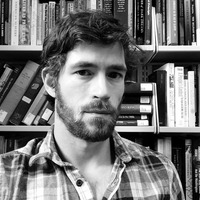


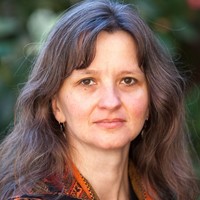
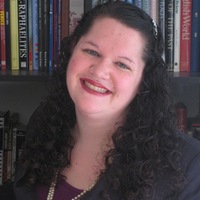

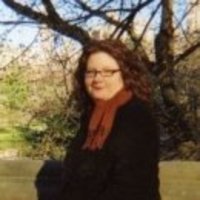
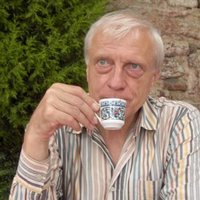
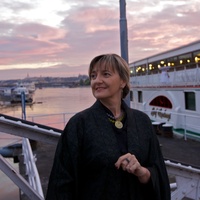

Uploads
Books by Matthew Hedstrom
Hedstrom attends especially to the critically important yet little-studied arena of religious book culture-particularly the religious middlebrow of mid-century-as the site where religious liberalism was most effectively popularized. By looking at book weeks, book clubs, public libraries, new publishing enterprises, key authors and bestsellers, wartime reading programs, and fan mail, among other sources, Hedstrom is able to provide a rich, on-the-ground account of the men, women, and organizations that drove religious liberalism's cultural rise in the 1920s, 1930s, and 1940s. Critically, by the post-WWII period the religious middlebrow had expanded beyond its Protestant roots, using mystical and psychological spirituality as a platform for interreligious exchange. This compelling history of religion and book culture not only shows how reading and book buying were critical twentieth-century religious practices, but also provides a model for thinking about the relationship of religion to consumer culture more broadly. In this way, The Rise of Liberal Religion offers both innovative cultural history and new ways of seeing the imprint of liberal religion in our own times.
Hedstrom attends especially to the critically important yet little-studied arena of religious book culture-particularly the religious middlebrow of mid-century-as the site where religious liberalism was most effectively popularized. By looking at book weeks, book clubs, public libraries, new publishing enterprises, key authors and bestsellers, wartime reading programs, and fan mail, among other sources, Hedstrom is able to provide a rich, on-the-ground account of the men, women, and organizations that drove religious liberalism's cultural rise in the 1920s, 1930s, and 1940s. Critically, by the post-WWII period the religious middlebrow had expanded beyond its Protestant roots, using mystical and psychological spirituality as a platform for interreligious exchange. This compelling history of religion and book culture not only shows how reading and book buying were critical twentieth-century religious practices, but also provides a model for thinking about the relationship of religion to consumer culture more broadly. In this way, The Rise of Liberal Religion offers both innovative cultural history and new ways of seeing the imprint of liberal religion in our own times.